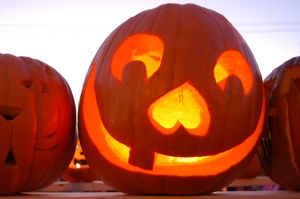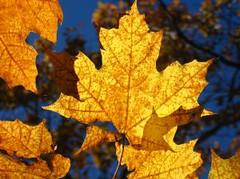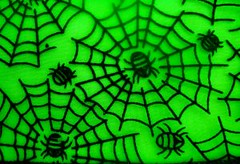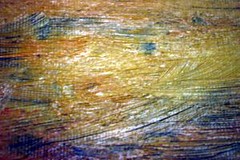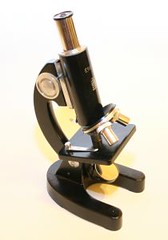
It’s that time of year again. Parents and students don’t need to panic just because the school science fair is right around the corner. You don’t have any ideas for your project? You don’t know what the scientific method is? You’ve never built a display? Don’t worry. We’ve rounded up a selection of books that will make the process painless. Each of these selections is suitable for elementary students. Some of them have more original experiments and others have better introductions and explanations of the science fair process. There is a book here for everyone.
QUICK – BUT- GREAT SCIENCE FAIR PROJECTS by Shar Levene and Leslie Johnson, Sterling Publishing Company, Inc., 2001, paperback, $12.95, ages 9-12.
This book was designed for students with upcoming science fairs. The front section of the book has a handy section with tips for teachers, parents and students. Additionally the first part of the book explains how to make eye-catching charts, graphs and displays for your science fair projects.
Each of the twenty-six projects listed in the book have step-by-step instructions. They give ideas on how to adjust the project to the grade level of your child. Children will learn how to study the effect of calcium on bone strength or seeing if family members have the same fingerprints. All in all this is a handy reference guide. The photographs, which illustrate the book, could have been bigger and more eye-catching and several of the experiments use quite a few materials.
THE EVERYTHING KIDS’ SCIENCE EXPERIMENTS BOOK by Tom Robinson, Adams Media Corporation, 2001, paperback, $6.95, ages 9-12.
This book does not have any explanation of science fairs, judging or displays. However, it has a nice layout, simple illustrations and contains 35 simple science experiments for elementary students. The experiments are broken down into five categories: Biology, Chemistry, Physics, Planet Earth, and the Human Body.
Each experiment contains the following descriptions: question, materials, procedure, what’s happening and follow-up questions. Questions such as “Why do leaves change colors in the fall?” and “How do you peel a raw egg?” are examples of the types of questions answered by the experiments. This reference book has age appropriate experiments and is a good value for the money.
SUPER SENSATIONAL SCIENCE FAIR PROJECTS by Michael A. DiSpezio, Illustrations by Derek Toye, Sterling Publishing Company, Inc., 2004, paperback, $9.95, ages 9-12.
This book does an excellent job of introducing science fair basics. The first section of the book covers: gathering information, choosing a project, keeping records, forming a hypothesis, writing a research paper and building a display. The colorful drawings will grab the attention of children.
Twenty-one different experiments are explained in this book with step-by-step instructions. Students can perform each experiment without needing too many materials. The experiments would be appropriate for upper elementary students. Some examples of experiments in the book are: 1) Stopping spoilage – stop apple from browning and 2) Going to the Light – how plants grow towards light.
365 SIMPLE SCIENCE EXPERIMENTS WITH EVERYDAY MATERIALS by E. Richard Churchill, Louis V. Loeschnig, and Muriel Mandell, illustrated by Frances Zweifel, Sterling Publications Company, Inc., 1997, paperback, $12.95, ages 9-12.
This book is true to its name. You get a wide variety of simple science projects, which really use everyday household materials. The book contains simple two-color drawings, step-by-step instructions and science tricks. The huge variety of experiments, indoor, outdoor, simple and complex will make this a very useful resource. Children will be entertained for hours using this book.
This is not a book about science fair projects but it will simplify and explain basic science concepts. Some examples of projects in this book are: 1) Take a Bubble Dancing, 2) The Talking String, and 3) Egg Graffiti.
